The best mini-LED TVs for all budgets, tested by our experts
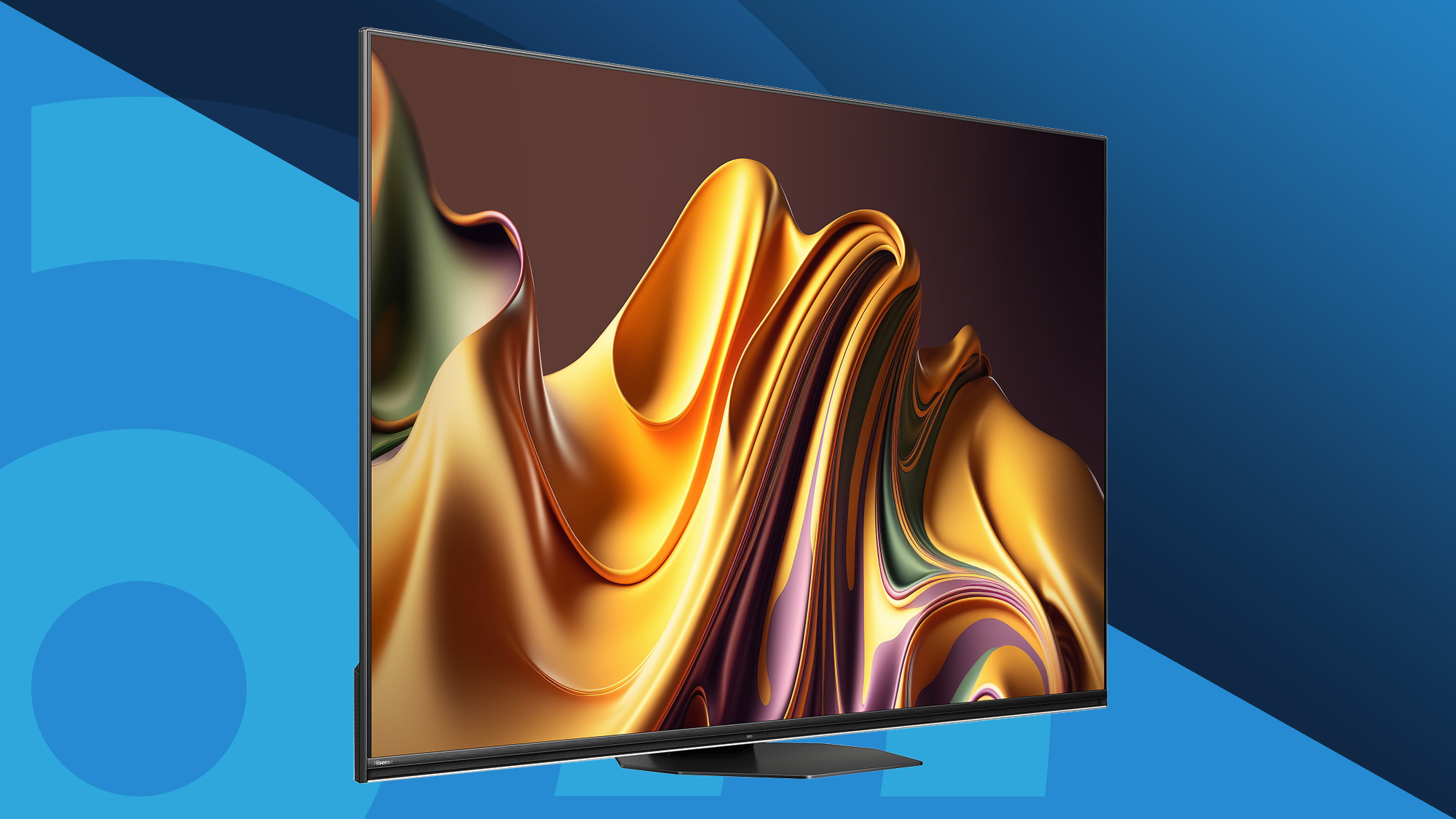
The best mini-LED TVs deliver both high brightness and deep black tones, creating a high-contrast display that works exceptionally well for both sports and movies. A mini-LED TV uses technology similar to a regular LED TV, where a backlight panel shines light through a grid of pixel, which create the color and detail. But in this case, the individual LED chips that comprise the set’s backlight are significantly smaller, so there can be many more of them, increasing brightness.
The tiny LEDs used for the backlight in the best mini-LED TVs also allow for finer control over local dimming, a process where individual LED clusters (zones) are dynamically dimmed, or switched off completely, based on areas of light and dark in images. When a high number of local dimming zones are used, mini-LED TVs can display deep, detailed shadows, resulting in pictures that put them among the best TVs available today.
The best mini-LED TVs are generally bulkier and heavier than the best OLED TVs, which don’t require a backlight, though some high-end models from Samsung are almost impossibly thin. When we review TVs, we take design factors into account, but more importantly we test the set’s performance and features relative to models that use similar display technology. We measure the brightness, color accuracy and other elements of the picture using specialist equipment, as well making subjective judgments about the picture quality – you can read more about our process in our "How we test mini-LED TVs" section.
Prices for the best mini-LED TVs range from expensive to downright cheap, with several new manufacturers competing aggressively with established brands, so our reviews in this category place a strong weight on value. You may find different models are available in the US and UK for some manufacturers, so we've highlighted this were it's relevant.
The quick list
Want to cut to the chase and find out which mini-LED TVs are the best? Below, you’ll find a roundup of our choices. You can also jump to a more detailed review of every pick and our price comparison tool to help you find the best deals.
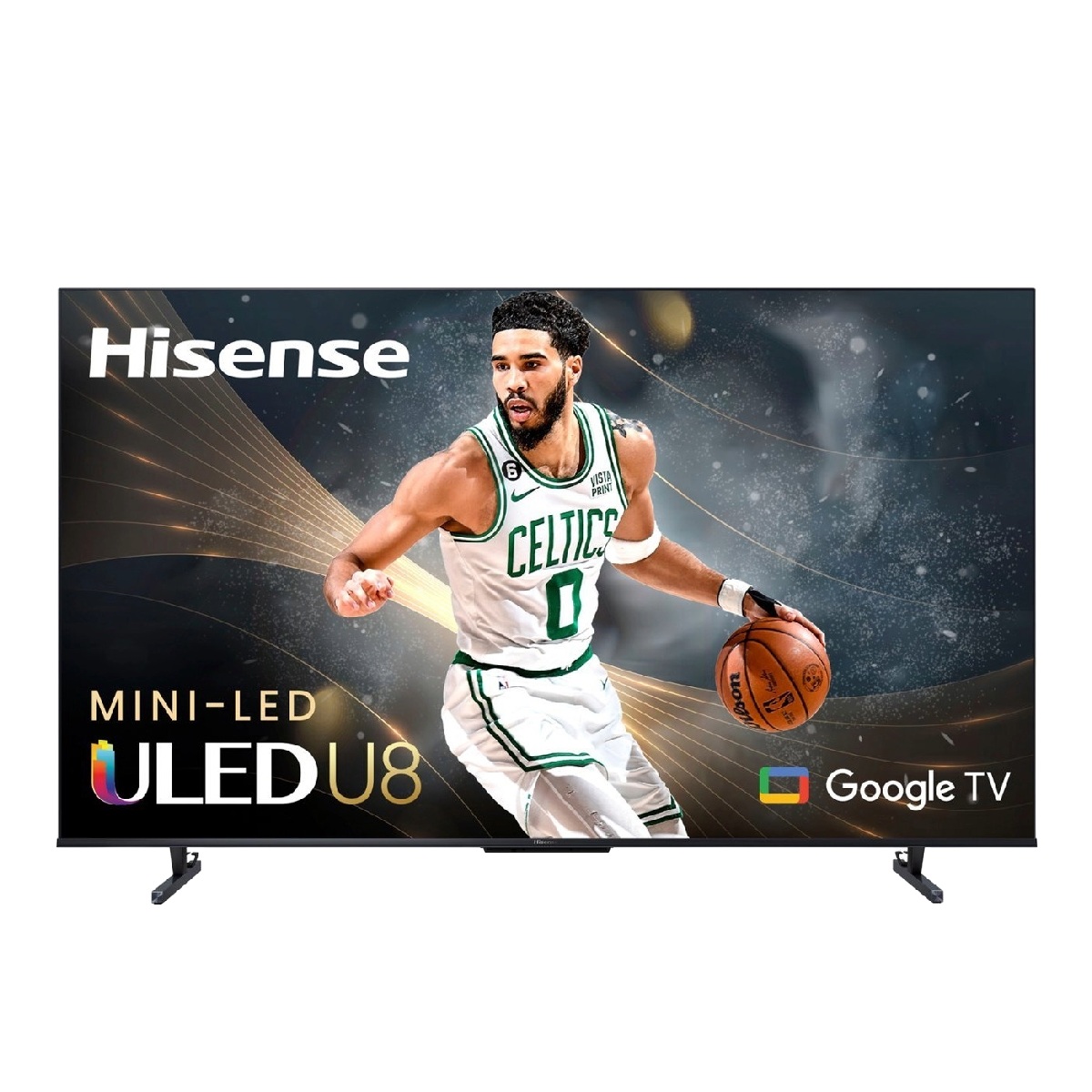
The best mini-LED TV for most people
The Hisense U8N’s great overall video and audio performance, wide range of gaming features, and reasonable cost make it an exceptional value, especially in the US.
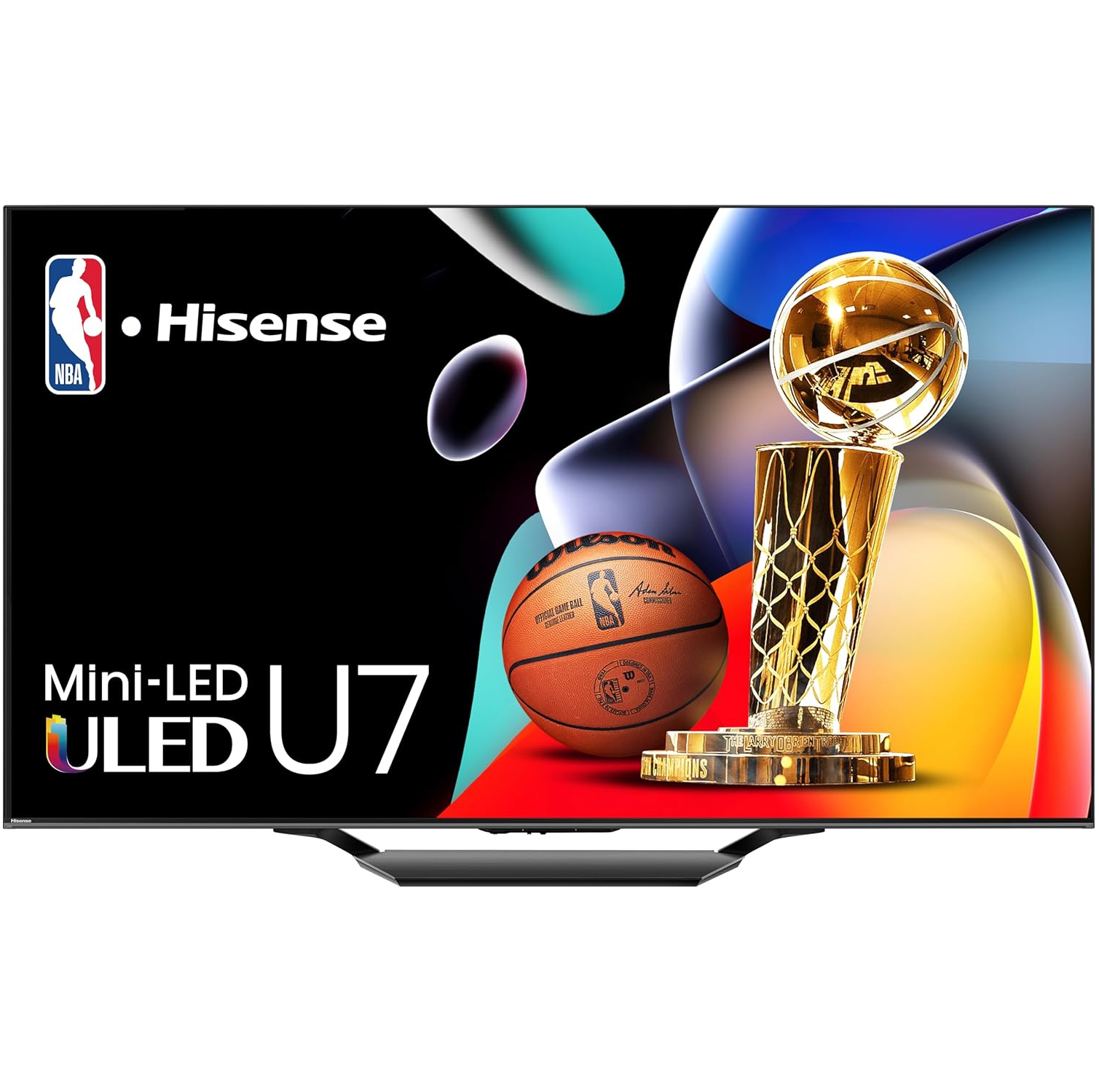
The best budget mini-LED TV in the US
Delivering great picture quality and a huge stack of gaming features in a very affordable package, the Hisense U7N is perfect for the budget-conscious.
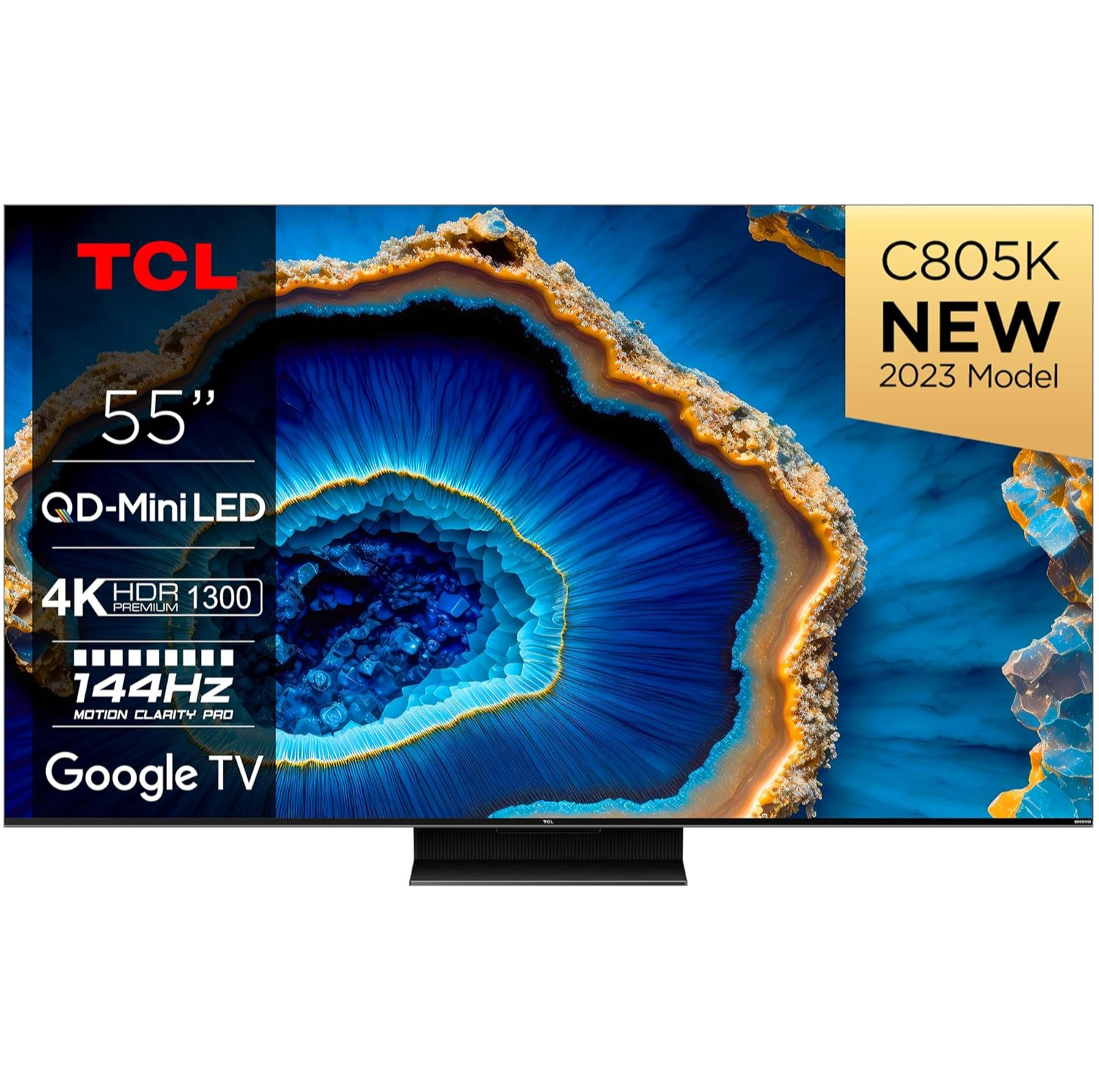
The best budget mini-LED TV in the UK
The TCL C805 outperforms its cheap price in picture quality, gaming features and performance, making it an ideal choice for those seeking bang for buck in the UK.
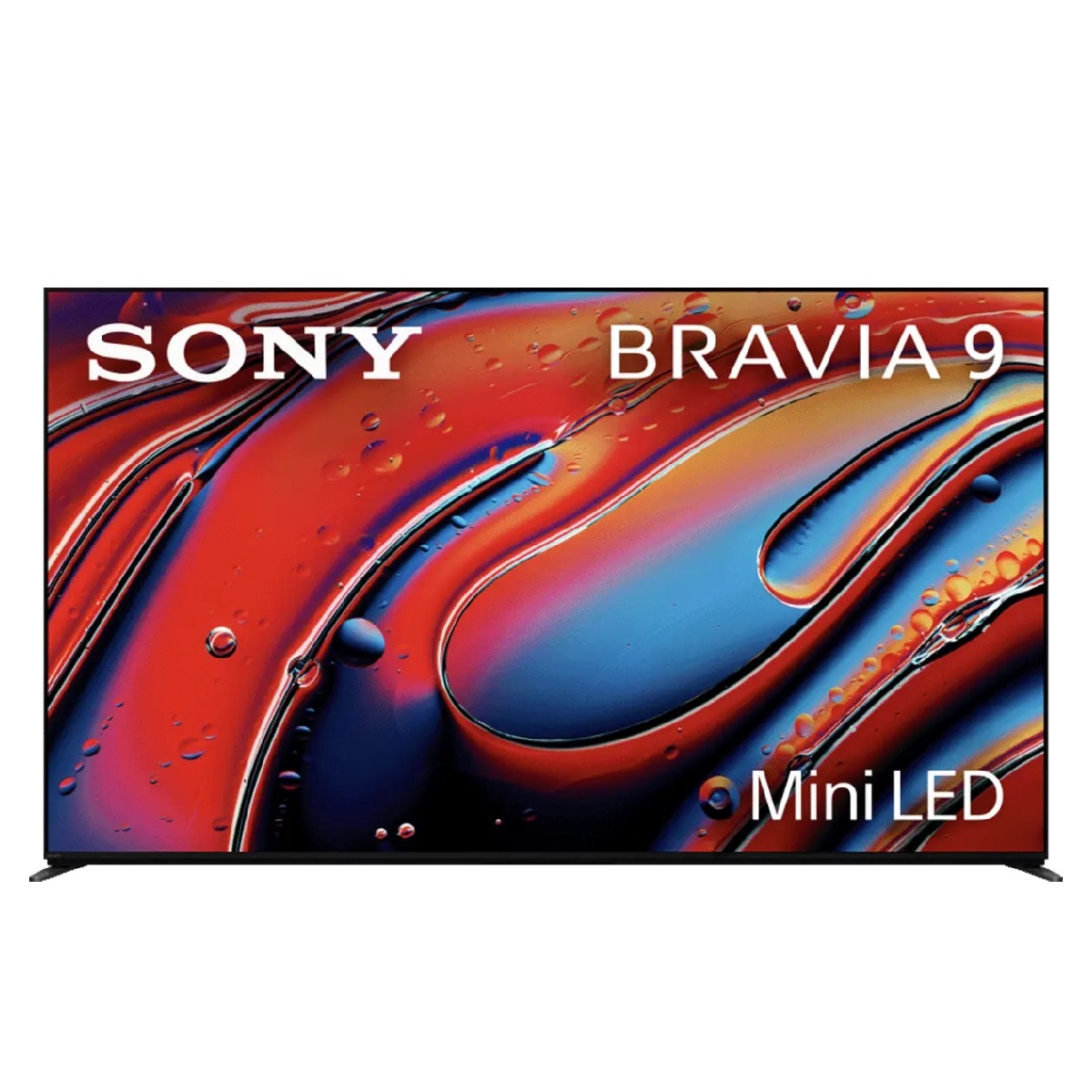
The best premium mini-LED TV
Sony’s flagship TV uses a cutting-edge backlight design that represents mini-LED’s strongest yet challenge to OLED tech’s picture-quality superiority.
Read more below
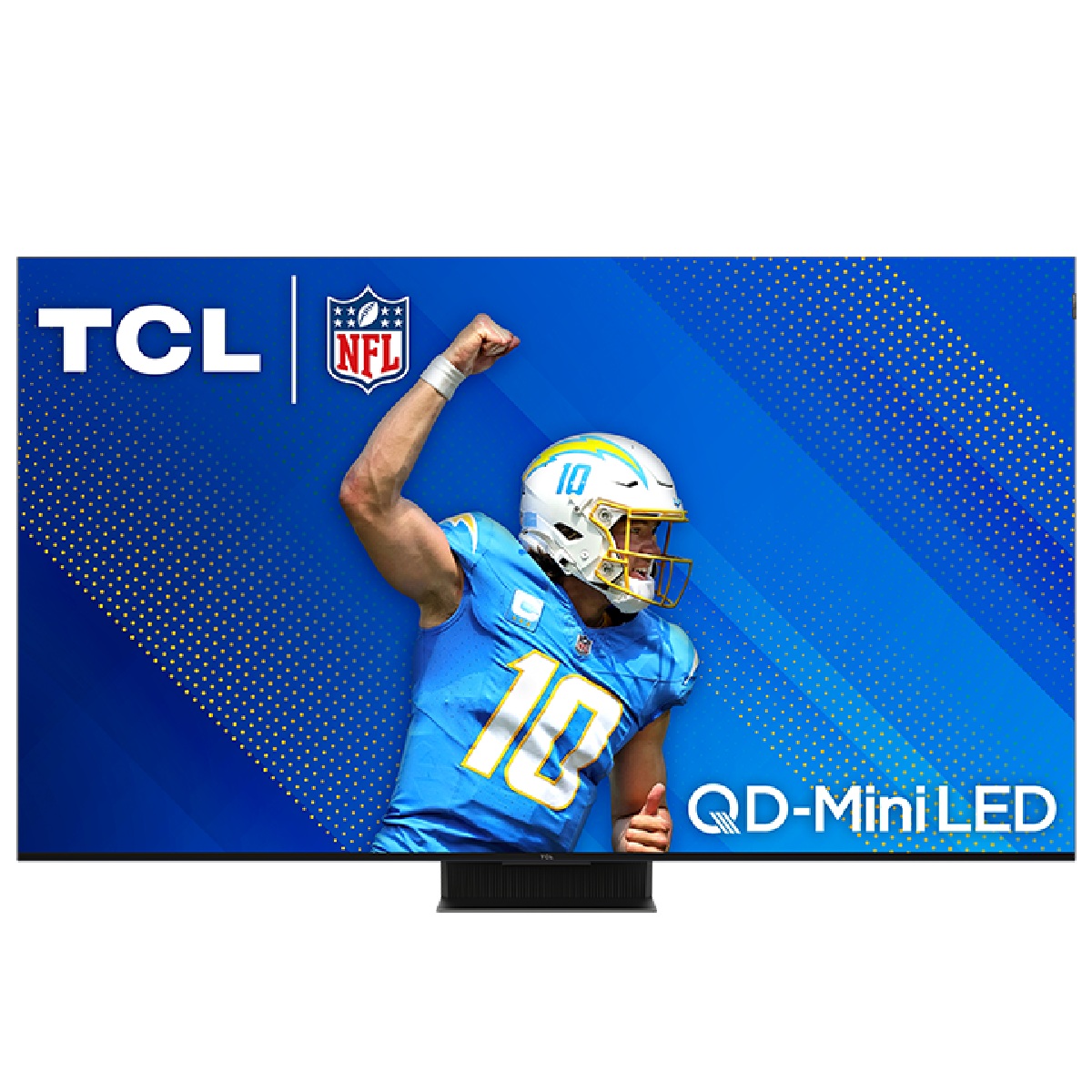
The best mid-range mini-LED TV in the US
TCL’s top TV offers up exceptional brightness with great all-around picture and sound quality, and does it for a surprising price – a great big-screen choice.
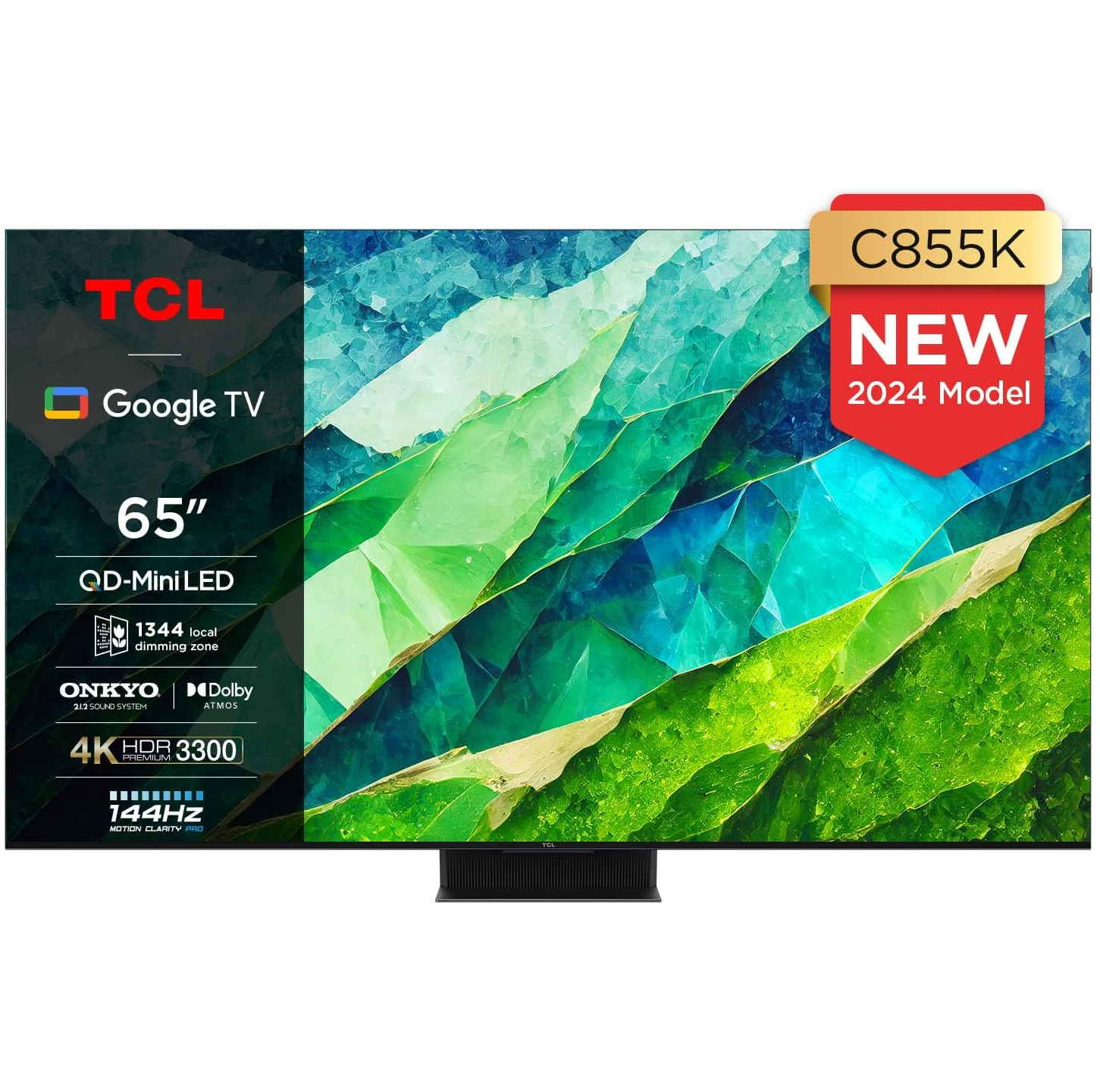
The best mid-range mini-LED TV in the UK
With premium picture quality and features at a mid-range price, the TCL C855 is superb value for money in a very competitive UK mini-LED TV market.
Load more products

The best mini-LED TV for sports
It may not be quite the brightest TV on our list, but the Samsung QN90D's superb motion handling earns it the title of the best mini-LED for sports.
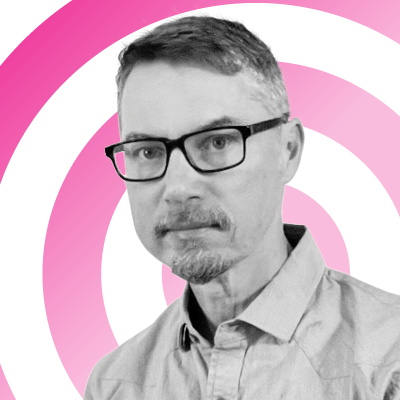
I'm TechRadar's Senior Editor for Home Entertainment and have nearly three decades of tech journalism experience. I have written countless TV and projector reviews over the years, and am an ISF-trained video calibrator. As an admitted movie fanatic, I spend a significant amount of my free time holed up in my home theater, so I know exactly how a good TV image looks – and measures.
The best mini-LED TVs you can buy
Why you can trust TechRadar
The best mini-LED TV overall
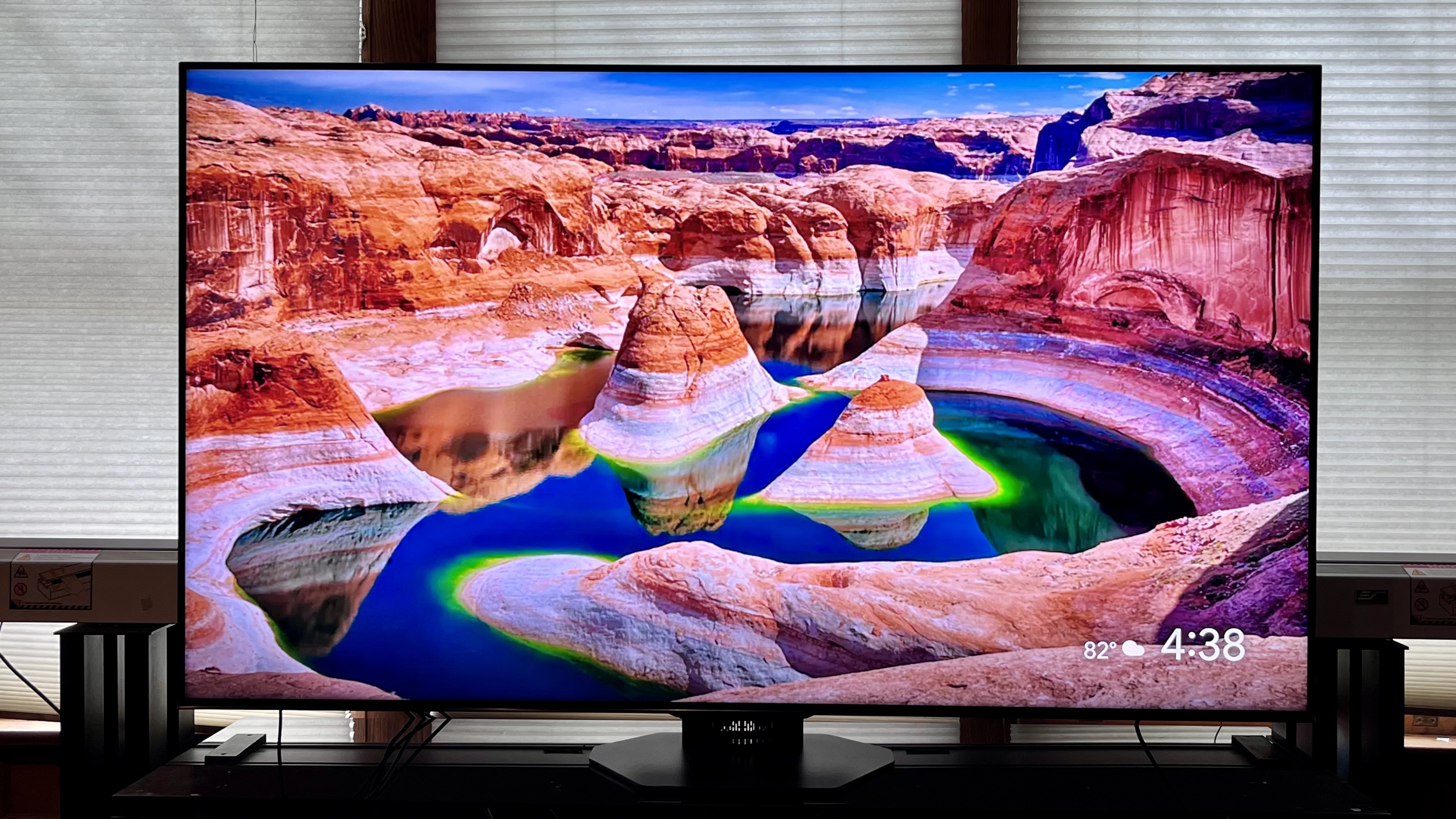
Specifications
Reasons to buy
Reasons to avoid
✅ You want high brightness: At nearly 3,000 nits peak brightness, the U8N is perfect for daytime viewing.
✅ You want a well-featured gaming TV: The U8N's 4K 144Hz, VRR, ALLM and Dolby Vision gaming support, make it great for gaming.
❌ You want to watch from an angle: The U8N loses its stellar picture quality when viewed off-center – the Samsung QN90D offers a wider viewing angle.
❌You want the best TV for sports: The U8N only has average motion handling, so again, sports fans may be better suited by the Samsung QN90D.
The Hisense U8N is the best mini-LED TV for most people when you take into account its picture and sound quality, features, gaming support, and value.
A main draw with this TV is its high brightness – we called it “astonishingly bright” in our review – which exceeds that of even more expensive TVs and makes it an excellent option for sports viewing. But the Hisense U8N is no one-trick pony, because its brightness is complemented by refined local dimming for deep and detailed shadows. This combination, along with the U8N’s support for both the Dolby Vision and HDR10+ high dynamic range formats, make the U8N a great TV for watching movies as well,
The U8N is packed with features for a mid-range TV. Its 2.1.2-channel built-in speakers deliver clear dialogue and weighty bass, and there’s support for both the Dolby Atmos and DTS:X soundtrack formats. Gaming features include two HDMI 2.1 ports with support for up to 4K 144Hz and Dolby Vision gaming. For a smart TV system, the U8N runs Google TV in the US, and Hisense’s own VIDAA platform in other countries.
Hisense’s U8N is an outstanding value in the US, with a 65-inch model regularly priced at lower than $1,000, though it’s a more expensive proposition in the UK currently (but prices will keep falling). But even though the price you’ll pay in the UK is around the same as entry-level Samsung mini-LED TVs such as the Samsung QN85D, we still maintain that the U8N is the best all-around mini-LED TV for most people.
Read our full Hisense U8N review
The best budget mini-LED TV in the US
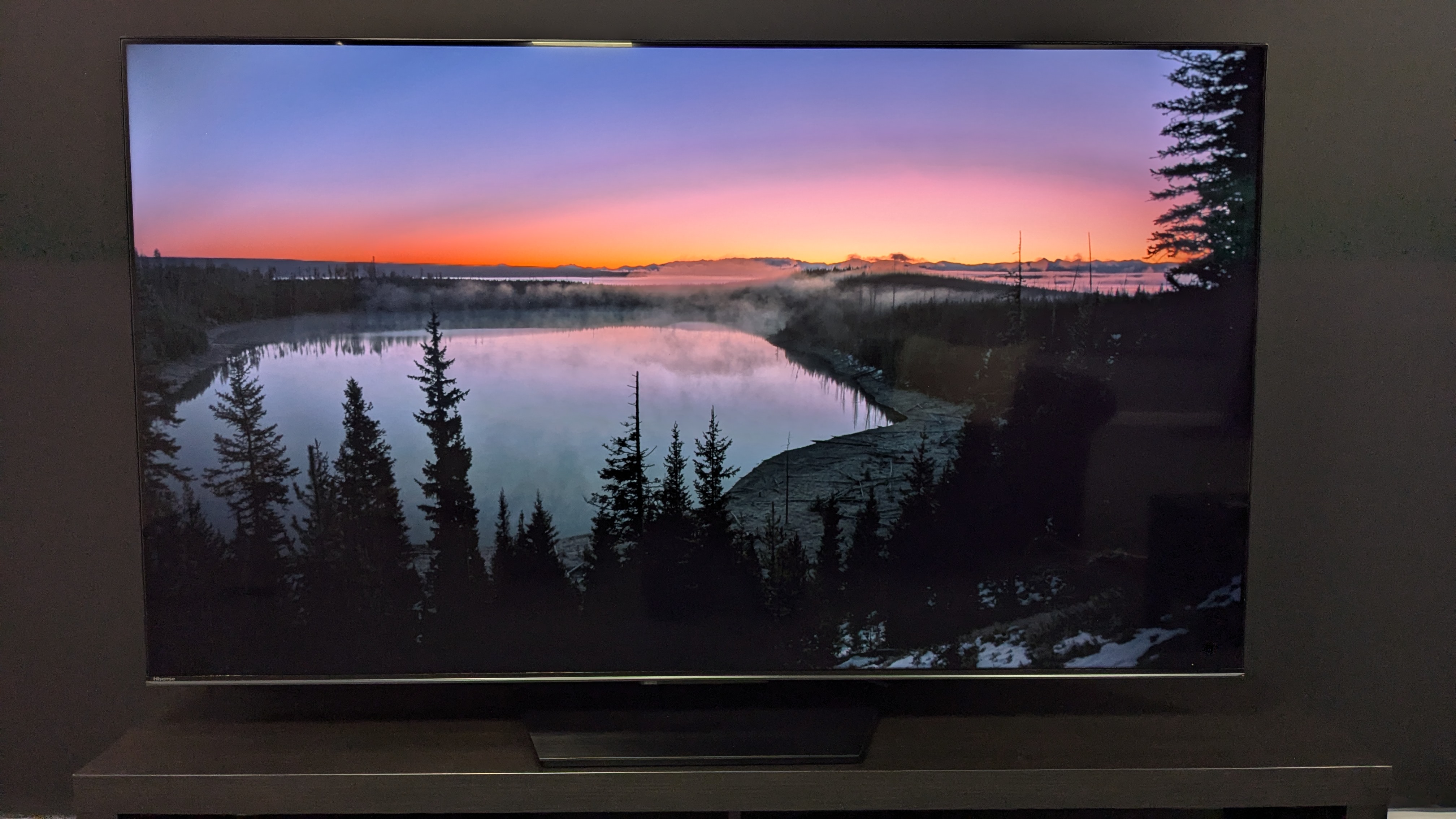
Specifications
Reasons to buy
Reasons to avoid
✅ You want a good mini-LED for cheap: The U7N is an affordably priced mini-LED TV that doesn't compromise on quality.
✅ You want an affordable but good gaming TV: At this price, there aren't many TVs that carry the same level of gaming features as the U7N.
❌ You want your TV ready out-of-the-box: The U7N requires adjustment of its picture settings to get it looking just right.
❌You want a perfect picture: While the U7N's picture is very good, some backlight blooming is evident with darker scenes.
The Hisense U7N delivers solid picture quality and an excellent range of gaming features in a variety of sizes while keeping the price down – its 55-inch model has already fallen as low as $599.
The U7N's rich detail and vibrant colors really shine when displaying 4K HDR sources, though we found in our review that it "looked good with whatever was thrown its way." Black levels and contrast are surprisingly strong for a TV in this range. Viewing angles are limited and there is some backlight blooming, but at this price, the U7N more than outperforms.
For a budget TV, the Hisense U7N is stacked with gaming features, including 4K 144Hz support, VRR (with AMD FreeSync Premium Pro), Dolby Vision gaming and ALLM. That combined with a solid 13.1ms input lag time makes the U7N a great budget gaming TV. It does only come with two HDMI 2.1 ports, but that is one of the U7N's few gaming setbacks.
The U7N also uses Google TV as its smart interface and carries a solid design. Combine all these elements with its affordable price tag, and the U7N comes out as the perfect option for those who want a mini-LED TV on a budget.
Read our Hisense U7N review
The best budget mini-LED TV in the UK
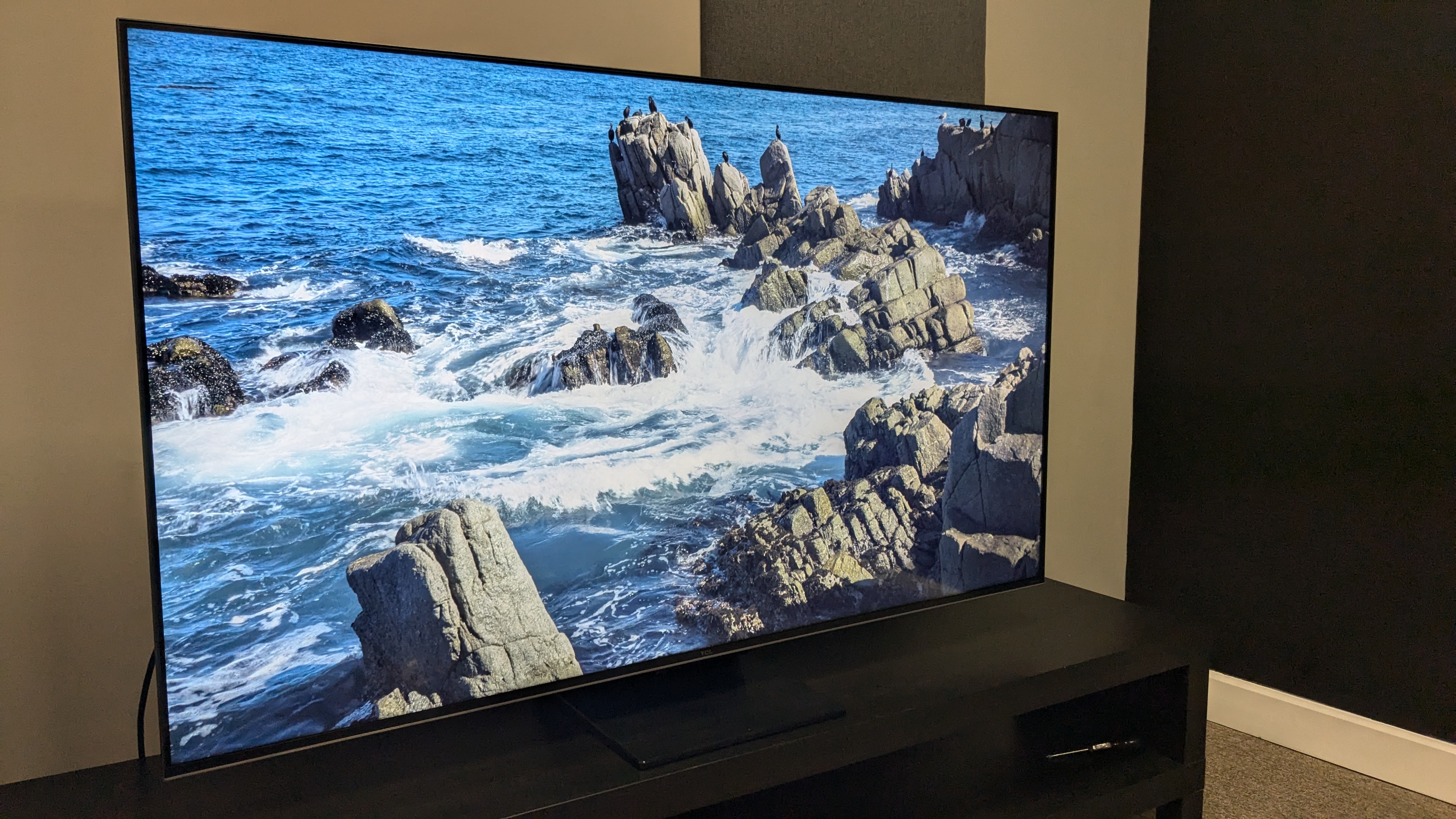
Specifications
Reasons to buy
Reasons to avoid
✅ You want great picture quality without breaking the bank: The TCL C805 delivers a detailed, contrast-rich picture for a budget-friendly price.
✅ You want an excellent value mini-LED TV: For its price, the C805 is packed with features and delivers superb performance.
❌ You want the best built-in sound: The C805's built-in sound is serviceable, but its soundstage is lacking.
❌You want to watch in large groups: The C805 suffers from limited viewing angles, so you won't get the same picture quality from every seat when watching with large groups.
The TCL C805 comes in a wide variety of screen sizes and delivers brilliant picture quality, a near-full suite of gaming features and great performance at unbeatable value in the UK. It's a perfect entry-level mini-LED TV option.
The most impressive part of the C805 is its picture quality. Black levels, contrast, color and detail mirror that of a more premium mini-LED TV. It's not all perfect, as motion handling can be inconsistent and there is obvious backlight blooming when viewed off-center, but as we said in our review, "In this price range, it's tough to be disappointed in the C805's picture."
The C805 is also well-equipped for gaming, with 4K 144Hz support, Dolby Vision gaming, VRR (including AMD FreeSync Premium Pro) and ALLM. Combine these features with the C805's rich picture and smooth performance and you get a solid gaming TV at an affordable price.
The C805 is an impressive TV, to say the least, and although its built-in sound is lacking and it's outperformed by more premium sets in other areas, at this level there really aren't any better options in the UK. TCL's C805 should be at the top of the list for those looking to save money but still get real quality.
Read our full TCL C805 review
The best premium mini-LED TV

Specifications
Reasons to buy
Reasons to avoid
✅ You want the very best mini-LED TV: The Bravia 9's use of Sony's new advanced mini-LED backlight tech results in breathtaking picture quality.
✅ You have a bright room: With its high peak brightness and anti-reflective screen, the Bravia 9 performs very effectively in bright viewing conditions.
❌ You're on a budget: The Bravia 9's premium quality comes at a price that many people will struggle to afford.
❌You want complete HDR support: Unlike Hisense and TCL TVs, the Sony doesn't support the HDR10+ high dynamic range format
The Sony Bravia 9 represents the company’s attempt to move from OLED to mini-LED technology for its flagship TV, and in our estimation, it’s a resounding success. As our premium mini-LED choice for this guide, it’s certainly priced at a premium level, but the Bravia 9 has the performance, design, and features to back it up.
Sony’s new XR Backlight Master Drive with High Peak Luminance tech is exclusive to the Bravia 9, and it brings the benefits of high brightness – the Bravia 9 measured over 2,000 nits in our testing – along with deep, blacks with near OLED-like shadow detail. These performance attributes make the Bravia 9 an excellent TV for both movies and sports viewing, and the TV’s effective anti-reflection screen and wide viewing angles further contribute to its premium picture quality.
Sony’s flagship TV has a powerful 2.2.2-channel 70W audio system with “Frame” tweeters on the left and right sides and “Beam” tweeters on the top that deliver impressive clarity and a sense of spaciousness with Dolby Atmos and DTS:X soundtracks. Its sound quality is good enough that you don’t necessarily need to pair it with one of the best soundbars, but if you do, there’s an Acoustic Center Sync feature that lets you use the TV as the center channel speaker for the system and also a 360 Spatial Sound Mapping feature that creates “phantom” speakers between the physical ones for an enhanced sense of audio immersion.
Aside from its picture, the Bravia 9 also has a premium design, with a rechargeable Eco Remote and four-way support feet with high, flush-mount, wide, and narrow position options. Google TV is used for the Bravia 9’s smart TV platform and it features a pair of HDMI 2.1 ports with 4K 120Hz support. The Bravia 9 is also ‘Perfect for PlayStation 5,’ with Auto HDR Tone Mapping for the console to improve HDR quality, and an Auto Genre Picture Mode features that activate when a PS5 console is connected.
Read our full Sony Bravia 9 review
The best mid-range mini-LED TV in the US

Specifications
Reasons to buy
Reasons to avoid
✅ You want a super-bright mini-LED TV: If you like your picture bright, the QM851G will more than satisfy you with its stunningly high brightness levels.
✅ You want great built-in sound: The QM851G's 2.1.2 channel Dolby Atmos speaker array delivers powerful, immersive and accurate sound.
❌ You own multiple gaming consoles: The QM851G only comes with two HDMI 2.1 ports, so multiple console owners may want to look elsewhere.
❌You watch mainly sports action movies: The QM851G's motion handling is just average, whereas the Samsung QN90D provides superb motion handling.
The TCL QM815G holds the distinction of being the brightest TV TechRadar has yet tested. Beyond that, it offers great overall picture and sound quality at a surprisingly reasonable price. The only criticism we could level at the QM815G series is that it doesn’t feature a 55-inch model, but if a big-screen TV is what you’re after – and this flagship mini-LED model from TCL is available in screen sizes up to 115 inches – it comes highly recommended.
TCL’s new AiPQ Ultra processor in the QM815G series provides 65,000 levels of granular control over local dimming, and it’s something that can easily be seen in the set’s precise rendering of blacks and shadows. The QM815G also provides excellent upscaling of HD and lower-resolution pictures, and its anti-reflection screen does an effective job of reducing screen glare from overhead lights.
Sound quality is another highlight of the QM851G. Its 80-watt, 2.1.2-channel speaker system was designed in partnership with Onkyo, and a built-in subwoofer and dual up-firing Dolby Atmos speakers deliver solid bass and spacious sound with Dolby Atmos soundtracks. A “Fullview 360 Metal Bezel-less design” means the TV looks as good from the sides and back as from the front, and gaming features include a pair of HDMI 2.1 ports with 4K 144Hz support plus 1080p gaming at 240Hz.
Given the level of performance and features that the TCL QM851G offers, its value quotient is off the charts. You’d have to step up to the Sony Bravia 9, our premium choice in this guide, to get better overall picture and sound, but TCL’s top TV will get you 95% of the way there.
Read our full TCL QM851G review
The best mid-range mini-LED TV in the UK

Specifications
Reasons to buy
Reasons to avoid
✅ You want a competitively priced mini-LED TV: The C855 is packed with features and delivers strong performance for a great price.
✅ You want brilliant picture quality: The C855 delivers spectacular contrast and a bright, vivid picture that's great for movies and gaming.
❌ You want wide viewing angles: Like many mini-LED TVs, the C855's picture quality suffers when viewed from an angle.
❌You want a full suite of gaming features: The C855 is well stocked with gaming features but only comes with two HDMI 2.1 ports.
The TCL C855 delivers pictures that far exceed its mid-range price and it comes with plenty of gaming and smart TV features.
The C855's picture has vivid yet natural colors and well-defined textures and detail but its contrast is what wows the most. With some tweaking in the picture settings, the C855's black levels and shadow detail can be made to, as we said in our review, "even rival the best OLED TVs". There is some backlight blooming and viewing angles are limited, but you’ll not find a mini-LED TV with a better picture at this price point.
Gaming is also well accounted for, with Dolby Vision gaming, 4K 144Hz, VRR (including AMD FreeSync Premium Pro) and ALLM all featured. Performance is smooth, even during graphically intense sequences, and given the exceptional picture quality mentioned above, the C855 finds itself among the best gaming TVs around in this price range.
The C855 has solid built-in sound, a sturdy design and plentiful picture settings for those who like to calibrate their TV. But it's the C855's value that stands out in a crowded mini-LED TV market, with the C855 offering more than its rivals.
Read our full TCL C855 review
The best mini-LED TV for sports

Specifications
Reasons to buy
Reasons to avoid
✅ You're a sports fan: The QN90D is perfect for sports viewing thanks to its high brightness, excellent motion handling and wide viewing angles.
✅ You're a gamer: The QN90D has four HDMI 2.1 ports that support 4K 144Hz, VRR and ALLM and also features a useful Gaming Hub.
❌ You want the brightest possible mini-LED TV: While the QN90D is bright, both the Hisense U8N and TCL QM851G are even brighter.
❌You want the cheapest mini-LED TV: The QN90D is priced higher than its rivals from Hisense and TCL.
While a lot of the TVs on this list would serve as great TVs for sports viewing, none can top the Samsung QN90D, thanks to its winning combination of motion handling excellence and high brightness.
In testing its picture, it was clear that the Samsung QN90D was a top TV for fast-moving action. Its ultra-responsive motion processing meant "intense sequences and fast panning camera shots were expertly handled", and its high peak and fullscreen brightness made sports look great even when viewing in a bright room. Plus, the QN90D demonstrated great contrast, bold and natural colors and solid black levels for movies.
The QN90D is also no slouch for gaming, with four HDMI 2.1 ports that all support 4K 144Hz, VRR (AMD FreeSync Premium Pro included) and ALLM. It also has a super-low 9.9ms input lag time and an extremely useful Gaming Hub where cloud gaming apps and Twitch streams can all be easily accessed.
Price is always an important factor for a TV, but it is much more so in the competitive mini-LED TV market. While the QN90D sits higher than its competitors from Hisense and TCL, if you're looking for a TV for sports, the QN90D is worth the extra cost, thanks to its especially good motion handling and superior image quality when viewing from off-center seats.
Read our full Samsung QN90D review
How to choose the best mini-LED TV
You can find mini-LED TVs in sizes ranging from 43 inches up to a staggering 115 inches, with every common screen size in-between accounted for. They are also available for a wide range of prices, though higher-priced models generally provide a wider array of performance and gaming-related features.
Most mini-LED TVs are brighter than an average OLED TV, making them a great option for daytime sports viewing and watching TV and movies in a well-lit room. One area where they don’t match up to OLED is off-center viewing. Unlike OLED TVs, which use a display panel with self-illuminating pixels, the backlight in a mini-LED TV beams light directly through the display panel, resulting in images losing contrast and color saturation when viewed from extreme angles. Some mini-LED TVs compensate for this better than others, and that’s something we’ll report on in our reviews. This shortcoming of mini-LED is a reason for buying a TV with a larger screen size, which will provide a wider field of view.
Another difference between mini-LED and OLED TVs is gaming support. While current OLED models from LG and Samsung all provide four HDMI 2.1 inputs with 4K 120Hz support for next-gen gaming consoles, only mini-LED TVs from those same companies offer the same features. TVs from other brands are limited to two HDMI 2.1 inputs, which is a factor that serious gamers will want to consider.
HDR support is all over the map with mini-LED TVs – and OLED ones as well. Samsung TVs only support the HDR10+, HDR10, and HLG formats, while LG ones support Dolby Vision, HDR10, and HLG but not HDR10+. New TVs from Hisense and TCL handle both Dolby Vision and HDR10+, so if you’re looking for comprehensive HDR support, models from those brands are well worth consideration.
Other mini-LED TVs to consider
Amazon Fire TV Omni mini-LED: Amazon's first foray into mini-LED is a successful one overall, as we found in our Amazon Omni mini-LED review that it offers great picture quality and plentiful gaming features for a competitive price. The reason it misses out on our list is that the Hisense and TCL entries offer similar performance and features for less.
Hisense U6N: Another affordable mini-LED from Hisense, the U6N delivers great picture quality for a budget-friendly price. In our Hisense U6N review we were impressed by its gaming performance for the budget price. It doesn't quite offer as much as the more premium Hisense U7N or TCL C805, but if you're on a more strict budget, the U6N is still a good option.
Samsung QN900D: For those looking for something more from their mini-LED TV, the 8K Samsung QN900D is a great option. In our Samsung QN900D review, we were floored by the QN900D's upscaling, resulting in detailed and bright pictures. As expected for an 8K TV, it comes at an inflated price, so while not many people will be able to stretch their budgets, it's an excellent TV for those who can.
How we tested the best mini-LED TVs
We test the best mini-LED TVs using a methodology that’s applied consistently across all of our TV reviews. This involves a combination of subjective and objective tests, the latter carried out with specialized equipment and software that measures the TV’s performance on a range of parameters. You can read all about it in-depth in our how we test TVs at TechRadar explainer, but here's a summary.
Our tests typically start with a break-in period where we familiarize ourselves with the TV’s out-of-box picture and sound presets to determine which are the most accurate. After that, we will view a range of standard- and high-definition sources to evaluate the TV’s upconversion performance before viewing test patterns and reference clips from 4K Blu-ray and streaming sources.
For mini-LED TVs, a key performance parameter we look at is the TV’s picture uniformity when viewed off-axis. Unlike OLED TVs, which display perfectly uniform images over a 180-degree arc, mini-LED TVs have a more limited viewing angle, and our reviews will report on the set’s image quality when viewed from off-center seats.
We’ll also evaluate the local dimming performance of a mini-LED TV’s backlight, looking for “blooming” artifacts that show up as light bleed in shadowy portions of images. Motion handling is another important performance parameter we look at, and we’ll use movie, sports, and gaming sources to test a TV’s ability to display fast-motion images solidly.
For our objective tests, we use a colorimeter to measure a TV’s grayscale and color point accuracy, peak brightness on 10% window and fullscreen white test patterns, and UHDA-P3 and BT.2020 color gamut coverage. These measurements are carried out with the TV in its Standard and Filmmaker (or equivalent) picture mode, with the results recorded n Portrait Displays' Calman color calibration software.
Input lag tests for gaming are carried out with the TV in its Game picture mode using a Leo Bodnar 4K Video Input Lag Tester.
Latest updates to this guide
March 7, 2025
Added in the Samsung QN90D as 'best for sports'. Added in buy it if boxes with reasons to buy and avoid for each entry in the list. Added in an Also Consider section with other TVs we've tested that miss out on the list but are still worth considering if you're looking to buy.
Sign up for breaking news, reviews, opinion, top tech deals, and more.

Al Griffin has been writing about and reviewing A/V tech since the days LaserDiscs roamed the earth, and was previously the editor of Sound & Vision magazine.
When not reviewing the latest and greatest gear or watching movies at home, he can usually be found out and about on a bike.
- James DavidsonTV Hardware Staff Writer, Home Entertainment